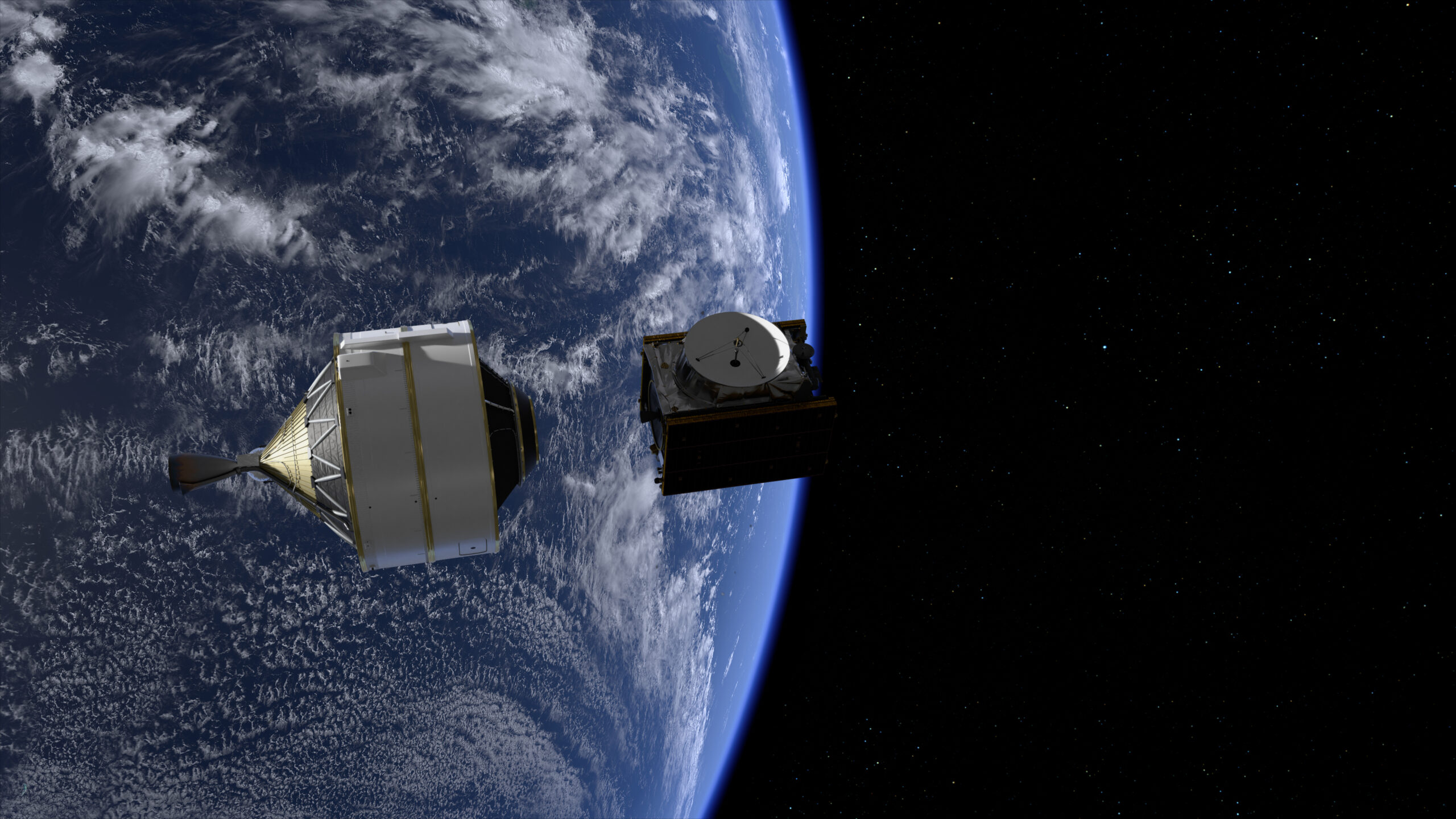
AAC CLYDE SPACE COMPONENTS ONBOARD ESA’S JUPITER MISSION
AAC Clyde Space has been part of the team developing the SWI instrument onboard the European Space Agency’s (ESA) Jupiter mission JUICE, that started travelling to its destination after launching from French Guinea at 14:14 CEST today onboard an Ariane 5 rocket.
AAC Clyde Space’s subsidiary AAC Omnisys has had a key role in the development of the Sub-millimeter Wave Instrument (SWI), one of 10 instruments onboard the spacecraft. Apart from Omnisys, Chalmers and AB Low Noise Factory from Sweden, have also been involved in developing the instrument, in a project headed by the Max Planck Institute in Germany and parties from a total of 10 countries.
The SWI is a spectrometer that will investigate the temperature difference, composition and dynamics of Jupiter’s atmosphere, exosphere and the surfaces of the icy moons. AAC Omnisys has been involved in the project since the start in 2009 assisting with system design and definition of various subsystems. Specifically, AAC Omnisys has contributed with a 600 GHz receiver based on integrated Schottky diode technology developed at the Department of Microtechnology and Nanoscience at the Chalmers University of Technology, and integrated cryogenic amplifiers from Low Noise Factory AB, in Gothenburg, Sweden. Thereto two broadband spectrometers based on Omnisys proprietary full custom ASIC technology were also delivered. The circuits provide a performance that is ten times better than previous technologies’ and enable more scientific research results.
“Today, we are celebrating that we are part of this prestigious project, ESA’s largest space mission to date. It is breath-taking to realize that our components are set to reach as far out into the universe as to Jupiter. Naturally, we are proud that AAC Omnisys was selected for this mission based on their profound expertise and unrivalled track record,” says AAC Clyde Space CEO Luis Gomes.
JUICE is expected to reach Jupiter in July 2031.The vessel will enter orbit around Jupiter and make 35 flybys of the moons Europa, Ganymede and Callisto. Thereafter, ESA will use Jupiter’s immense gravity to steer the spacecraft into orbit around the largest moon in the solar system, Ganymede. Finally, the spacecraft will enter an orbit around Ganymede, where it will also crash.
For at least three years, JUICE will conduct detailed studies of the largest icy moons in the Jupiter system. The scientists hope that the mission will provide answers to how a solar system can arise and whether there are conditions for life under the frozen oceans on Jupiter’s moons.
Sign up to our newsletters for the latest news, projects and more delivered straight to your inbox
"*" indicates required fields


